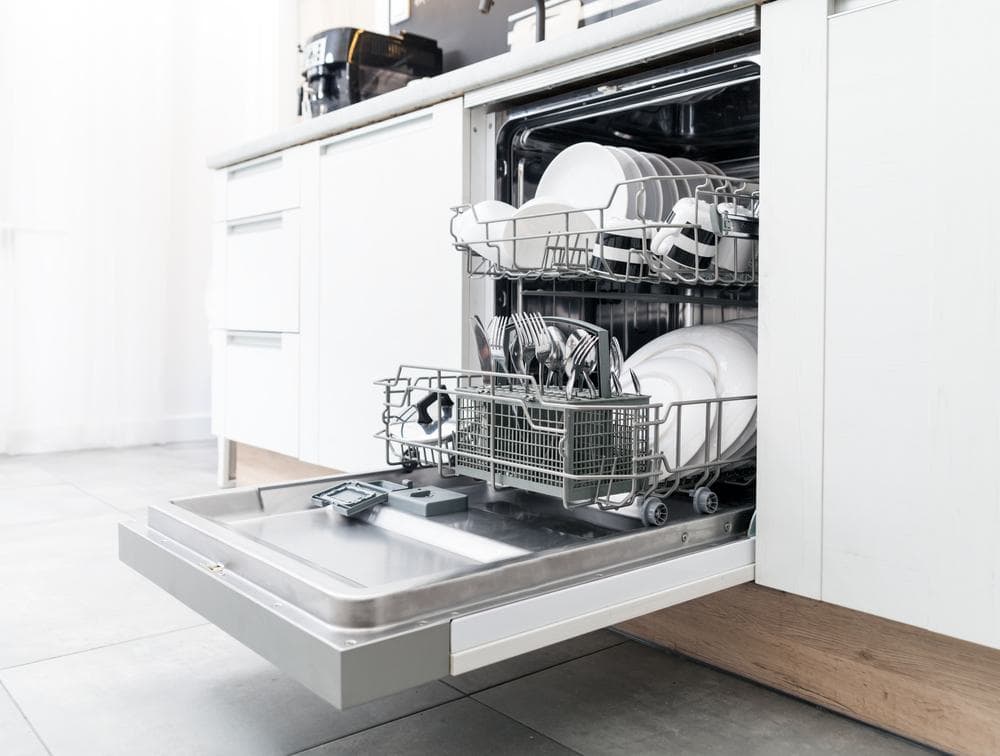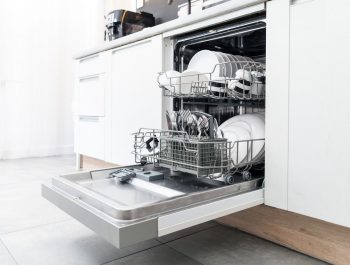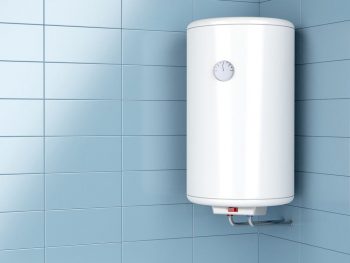
In today’s fast-paced world, dishwashers are no longer a luxury but a necessity. They save time, reduce effort, and provide a level of cleanliness that is often hard to achieve manually. One brand that stands out when it comes to reliable and efficient dishwashers is Samsung.
In this in-depth guide, we will cover everything you need to know about starting a Samsung dishwasher, from the basic steps to advanced features and troubleshooting common issues.
To start a Samsung dishwasher, first ensure it’s properly installed and connected to power and water. Load your dishes, add detergent to the dispenser and rinse aid to the designated compartment. Press the Power button to turn it on, select your desired cycle and options on the control panel. After making your selections, press the Start button and close the door within 3 seconds. The dishwasher will begin the cycle after a brief draining period.
Getting Started With Your Samsung Dishwasher
Before you start your Samsung dishwasher, make sure it’s properly installed and connected to a power supply and water source. Load your dishes into the dishwasher, ensuring you scrape off any large chunks of food. There’s no need to pre-rinse your dishes as modern dishwashers are designed to handle this. Add the appropriate amount of detergent to the dispenser and rinse aid to the rinse aid compartment.
Once your dishwasher is loaded and ready, press the Power button to turn it on. The control panel will light up, indicating that the dishwasher is ready for operation. Select your desired cycle and any additional options using the control panel. Options may include Lower Rack, Zone Booster, Speed Booster, Hi-Temp Wash, or Sanitize, depending on your model and specific dishwashing needs.
After making your selections, press the Start button and close the door within 3 seconds. The dishwasher will begin the cycle after a brief draining period.
Advanced Features For Customized Dishwashing
Samsung dishwashers come equipped with several advanced features designed to enhance the dishwashing experience. One such feature is the Auto Cycle, also known as Smart Auto on older models. This feature automatically senses the level of soil on your dishes and selects the optimal cleaning cycle.
Another unique feature is the AutoRelease Dry. This feature improves drying performance by automatically opening the door slightly during the last 5-15 minutes of the cycle, allowing fresh air to circulate and speed up the drying process.
Troubleshooting Common Issues
Like any appliance, you may encounter some issues when trying to start your Samsung dishwasher. Common problems include the dishwasher not starting or filling with water, the door not closing properly, or the display panel not responding.
If you encounter these or any other issues, the first step in troubleshooting is to ensure the dishwasher is properly connected to a power supply and the door is securely closed. If the problem persists, you can try resetting the dishwasher by unplugging it or turning off the power at the circuit breaker, waiting for a few minutes, and then turning it back on.
Safety Precautions
When operating your Samsung dishwasher, it’s important to prioritize safety. Always ensure the dishwasher is installed correctly and that the door is securely closed before starting a cycle. Avoid overloading the dishwasher and ensure that all dishes are properly placed to prevent them from blocking the spray arms.
Smart Home Integration
If you have a Wi-Fi enabled Samsung dishwasher, you can connect it to the SmartThings app on your smartphone. This allows you to control and monitor your dishwasher remotely, providing additional convenience and flexibility.
Conclusion
Operating a Samsung dishwasher is a straightforward process. With a basic understanding of the control panel and the various cycles and options available, you can easily customize each dishwashing cycle to meet your specific needs. With proper care and maintenance, your Samsung dishwasher will provide you with many years of reliable service. Always refer to the user manual for specific instructions and safety guidelines for your particular model.
Frequently Asked Questions
How often should I clean my Samsung dishwasher?
It’s recommended to clean your Samsung dishwasher once a month to keep it running at its best. This includes cleaning the filter, spray arms, and interior walls of the dishwasher.
Can I use any type of detergent in my Samsung dishwasher?
Samsung recommends using a dishwasher detergent that has been specifically designed for automatic dishwashers. Avoid using liquid dish soap, as it can create too many suds and damage the dishwasher.
What should I do if my dishes are not drying completely?
If your dishes are not drying completely, you can try increasing the rinse aid dosage or selecting a higher drying setting. Also, ensure that the AutoRelease Dry feature is enabled if your model has this feature.
Can I start a cycle and then add more dishes later?
No, once a cycle has started, you should not open the dishwasher door to add more dishes as this could cause water to spill out and potentially damage the appliance or your flooring.
Can I use my Samsung dishwasher without rinse aid?
You can use your Samsung dishwasher without rinse aid, but it’s recommended to use it for optimal drying performance. Rinse aid also helps to prevent streaks and spots on your dishes.












